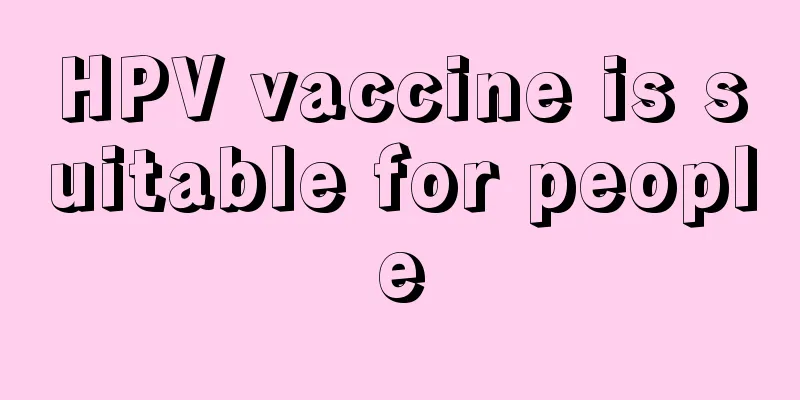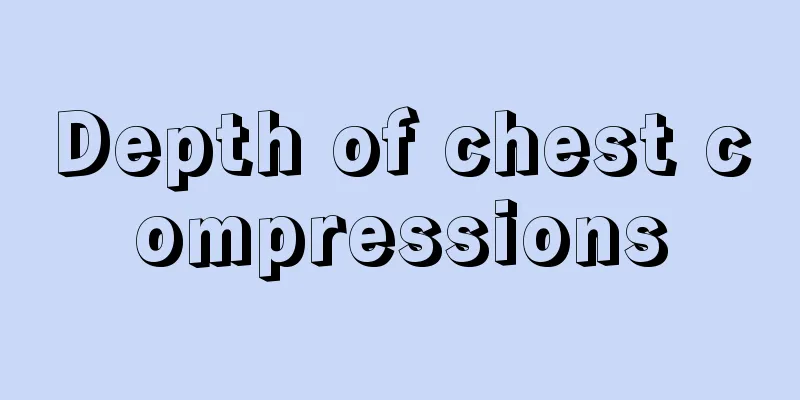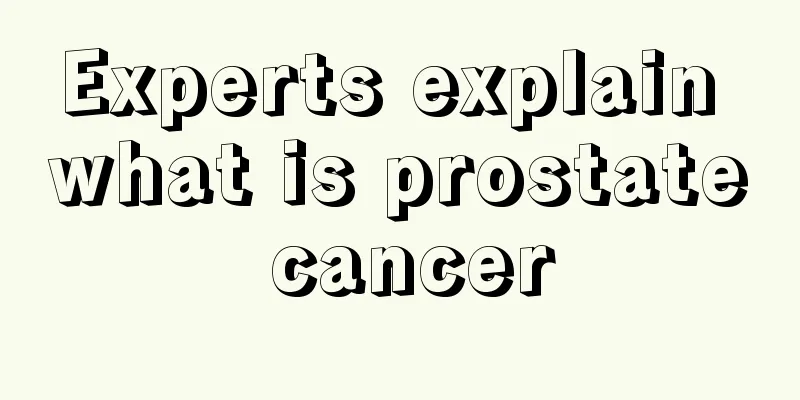HPV vaccine is suitable for people

|
I believe everyone has had a bumpy experience getting vaccinated. At that time, I didn’t understand the benefits of vaccination. I only knew that injections were painful. Every time I heard about getting an injection, I cried and said I didn’t want to. Only when I grew up did I understand the importance of vaccination. For example, the cervical cancer vaccine was not introduced into the country in the 1990s. It was only available later. We all know how terrible cervical cancer is, so if you are suitable for the cervical cancer vaccine, you should just get it. There are 528,000 new cases of cervical cancer and 266,000 deaths worldwide each year, more than 80% of which occur in developing countries. In 2015, there were an estimated 98,900 new cases of cervical cancer in my country, with 30,500 deaths. Cervical cancer has become the most common gynecological malignancy, and the age of onset is becoming younger and younger. About 70% of cervical cancer is caused by infection with human papillomavirus types 16 and 18 (HPV-16 and HPV-18). There are currently two preventive vaccines that are available in many countries around the world, namely the bivalent HPV vaccine (targeting two genotypes of HPV-16 and 18) and the quadrivalent HPV vaccine (targeting four genotypes of 6, 11, 16, and 18). Cervical cancer HPV vaccination is suitable for the following groups: The American College of Obstetricians and Gynecologists recommends that women aged 9-26 years old can be vaccinated, especially those who are not sexually active. For girls under 15 years old, if they are vaccinated according to step 2, there are two situations that need to be explained: (1) If the child is under 15 years old when receiving the first dose, and is over 15 years old when receiving the second dose 6 months later, the vaccination can be completed according to the 2-dose procedure. (2) If the interval between the first and second doses is less than 5 months, the third dose should be given 6 months after the first dose. In other words, the second dose of vaccine that is given less than 5 months after the first dose is considered invalid. 2. Women over 26 years old who have had sexual activity can also be vaccinated, but a cervical HPV test should be conducted before vaccination. If the HPV infection is negative, the vaccine can be received. The HPV vaccine is most effective for people who have not yet been infected with the HPV virus. Therefore, the main vaccination population is girls before their first sexual intercourse, aged 9-13 years old, and the secondary vaccination population is older female adolescents and young women. 3. Men can also get HPV vaccine, which can prevent anal cancer and oral cancer to a certain extent; 4. Breastfeeding women can receive HPV vaccine, which will have no obvious effect on the fetus. 1. HPV vaccination cannot replace cervical cancer screening, because 30% of cervical cancer is caused by genotypes other than HPV-16 and HPV-18; 2. HPV testing is not required before receiving HPV vaccine; 3. Pregnant women should avoid HPV vaccination; 4. If both vaccines are available, it is best to use the same vaccine to complete the vaccination program. |
<<: Why do I sweat a lot after surgery?
>>: How to determine oral infection with HPV
Recommend
What are some useful tips for a dry and sore throat?
Common colds, sore throats, or poor diet can caus...
Is left chest pain an early symptom of lung cancer? Check out the three early symptoms of lung cancer
Lung cancer is a common disease nowadays, and it ...
What are the best sleeping positions for the cervical spine?
Many people don't like to sleep with pillows,...
Current status of thyroid cancer treatment
Suffering from thyroid cancer can cause great dam...
Folk remedies for treating gout
If gout patients do not pay attention to their da...
Traditional Chinese medicine prescription for advanced gallbladder cancer
Advanced gallbladder cancer is no longer suitable...
How to eat aloe vera to moisten the intestines and promote bowel movements
We all know that aloe vera has many benefits, and...
How to do rehabilitation care for pituitary tumors
Surgery for pituitary tumor does not mean complet...
How to treat gastric cancer with chemotherapy? Learn about chemotherapy
Chemotherapy for gastric cancer is the treatment ...
Symptoms of hand synovitis
In fact, synovitis in the hands is quite common, ...
What treatment do patients with colon cancer need
At present, the treatment of colon cancer is main...
Is it normal to vomit due to kidney stones?
Patients with kidney stones sometimes experience ...
What are the signs of death in the late stage of bladder cancer
Bladder cancer is a common malignant tumor in the...
Is heart disease really hereditary?
Cardiovascular and cerebrovascular diseases are d...
Boil honeysuckle and bitter melon in water for bathing
Honeysuckle and bitter melon are both plants that...









